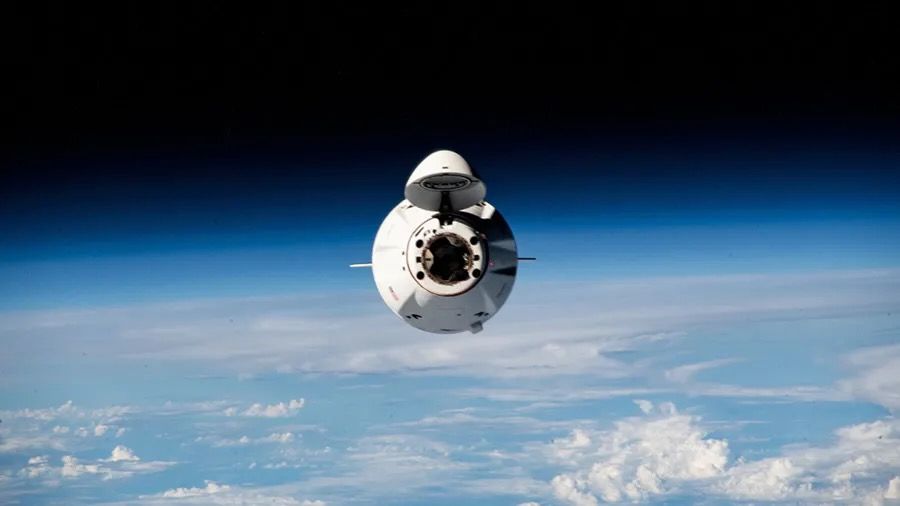A SpaceX cargo capsule is set to arrive at the International Space Station (ISS) on August 25, 2023, delivering approximately 5,000 pounds (2,270 kilograms) of supplies, including food and scientific equipment. The Dragon capsule, part of SpaceX’s CRS-33 mission, is expected to dock with the ISS at around 7:30 a.m. EDT (11:30 GMT), concluding a roughly 29-hour orbital journey that began shortly after its launch on August 24.
Live coverage of the docking will be available through NASA, starting at 6:00 a.m. EDT (10:00 GMT). This mission marks SpaceX’s 33rd resupply flight for NASA under its Commercial Resupply Services program, showcasing the ongoing collaboration between the private sector and government space agencies.
Scientific Advancements and Future Missions
The supplies being delivered are not only vital for the astronauts aboard the ISS but also contribute to important scientific research. Acting NASA Administrator Sean Duffy emphasized the significance of these commercial resupply missions. He stated, “Commercial resupply missions to the International Space Station deliver science that helps prove technologies for Artemis lunar missions and beyond.” This specific flight aims to test advanced technologies, such as 3D printing metal parts and bioprinting tissue in microgravity. These innovations could provide crucial tools and medical support for future missions to the Moon and Mars.
In addition to delivering cargo, the Dragon capsule will assist in maintaining the ISS’s altitude. This will involve a series of engine burns, a task historically performed by Russian Progress cargo vehicles. With discussions around Russia potentially exiting the ISS consortium in 2028, the remaining international partners will increasingly rely on vehicles like Dragon and Cygnus, developed by Northrop Grumman, to perform such essential functions.
Looking Ahead
The CRS-33 mission is scheduled to conclude in December when the Dragon capsule returns to Earth, bringing back scientific samples and equipment. The capsule will splash down off the coast of California, marking another successful chapter in the ongoing partnership between SpaceX and NASA.
As the world watches this latest mission unfold, the implications of these advancements extend far beyond the ISS, paving the way for future exploration and innovation in space travel.
